Hi, Kevin here.
In preamble, this article is supposed to conclude our exploration of SolarPunk, and this has been, on my side at least, a journey over several months. Honestly, I'm not sure the topic can be really closed, at least not for me, and I won't make that decision for you –but who am I to say?
Far from a closure, let's call this post a culmination, a tipping point, at which point I might come back in the near future, and to which you are free to decide what it means for yourself.
As we saw in the previous articles, SolarPunk narratives and therefore the ontologies that support them are nuanced and diverse. In their various expressions, technology isn't the main focus and isn’t necessarily futuristic, but supports some shared concepts.
Here I will synthesise the concepts that make more sense to me (so please, be critical about them) and subsequently propose to translate those into design principles that could be enacted in our today's (non-solarpunk) world.
Here is my selection of SolarPunk concepts:
- Optimistic hybridization between technology and nature: technology as scaffolding (not control) for “organic growth”
- Scale down (and slow down) to human and community-size experience
- Cities for more-than-human stories: the need for blending nature and other species in our social landscape
- Dissent innovation and regaining autonomy in the world
- “Worlds within worlds” and the need for multi-ontological approaches
I develop them further below, along with design principles.
1/ Optimistic hybridization between technology and nature
SolarPunk stories are indeed, largely optimistic about our capacity to deal with our present and coming societal challenges. It puts emphasis on the bodily nature of our interactions with the world and acknowledges the need for a certain degree (some more than others) of autonomy of individuals and groups to enact in it in a meaningful manner.
Furthermore, SolarPunk narratives make visible the apparent "ordered messiness" of nature and put it in contrast to our desire for control ("nature" here should be understood as not separated from us and our objects). Negating the unpredictable usefulness of "organic growth and decay" of things, and their rhizomatic nature, in favour of an illusion of control is, indeed, as SolarPunk criticise, both delusional and detrimental.
I will come back to the "autonomy" aspect separately in this piece, but we can already draw an interesting principle here:
As explained in a previous, unrelated, article:
A scaffolding is a structure that is not meant to last and serves as a support to grow, build, or repair [something], usually the end-structure meant to last.
The obvious example of scaffolding that comes to mind is in architecture and construction, but such structures can also be found in nature as part of plants ecosystem for instance, and are used in medical application research. In other words, a scaffolding is an enabler. Furthermore, we should be able to remove the scaffold or let it decay and whatever we helped grow should sustain itself.
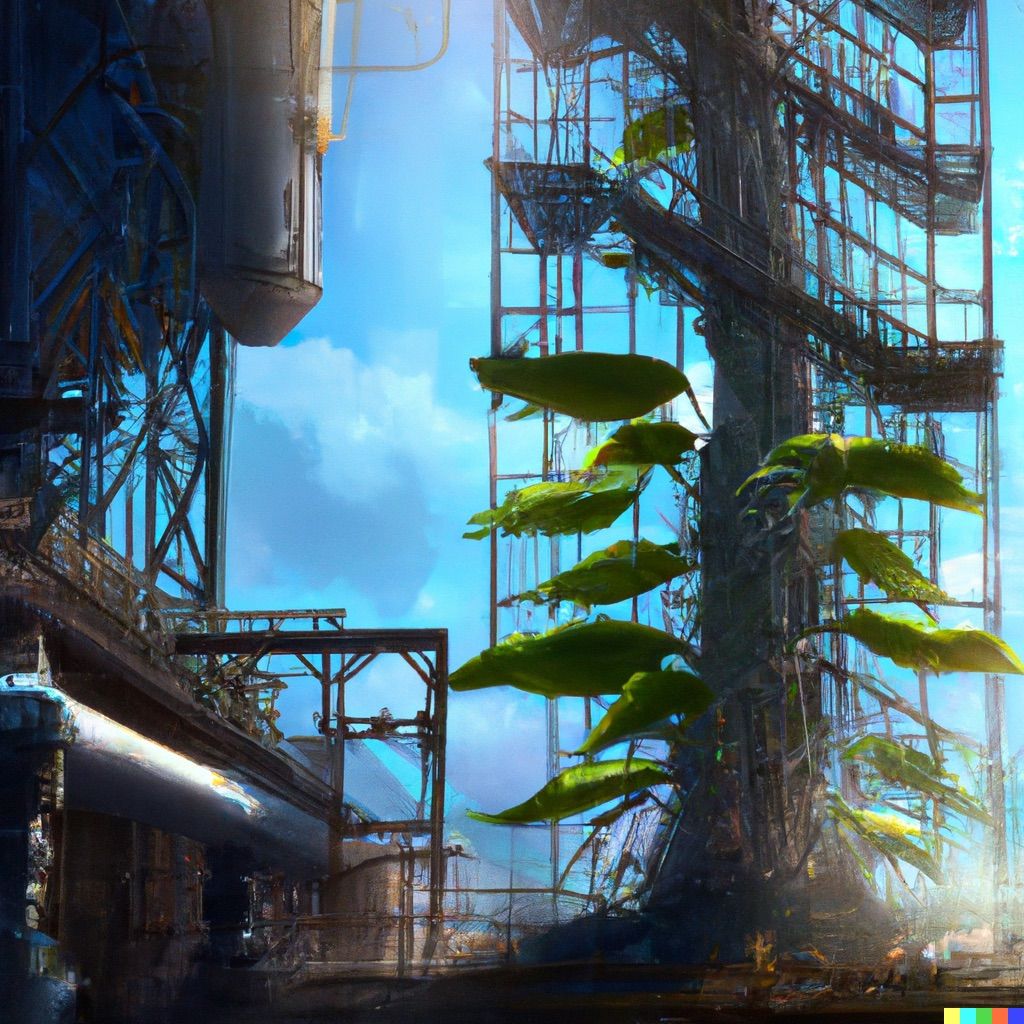
What this means here is that instead of focusing on the objects as the end product, design should focus on designing the constraints which lead to desirable changes. The objects then become directions not just destinations.
2/ Scale down to human and community-size experience
SolarPunk narratives, for the most part, are about post-capitalist, post-growth (post-economic-obesity), and post-consumerist societies. Although I doubt any call to design for such context is yet a reasonable proposition, we can reframe these into what being in such societies tends to display: a change in rhythm.
Devising a direct principle then depends on the level of granularity at which we can enact change: you don't change the composition (because you cannot change the system), you change the nature of the relationships between the parts, introducing "useful frictions" –not my preferred term as it is predicated on the notion that seamlessness is absolutely good, but you get the idea.
Affordances are, from a contextualist/enactivist perspective (see J. Gibson, Maturana & Varela), clues within the context that drive behaviours, increasing the likelihood of certain outcomes. It's about potential, vectors, energy, and (again) direction.
3/ Cities for more-than-human stories
In the anthologies of SolarPunk stories shared with you in “A topology of SolarPunk stories and resources”, some stories focus on the importance of diversity in our designed spaces.
Moreover, the stories in the anthology “Multispecies Cities: Solarpunk Urban Futures” present cities as “habitats part of nature” rather than separated from it; revisit the "animal as a human companion" trope to "human as an animal companion"; and challenge the notion of human-centred technology by exploring "technologies for interspecies communication" that would serve equally both sides. Finally, they question our societal relationship to food, to life and death, to prey and predator. These are thematised under the notion of "multispecies kinship".
This is difficult to capture everything in one coherent principle, but I do feel like a good first step in this direction needs to challenge our over-prioritisation of human needs, especially short-term ones, as paramount in all circumstances. It is not to say these are not important, but, they cannot be the only metric of success. When we see how "satisfaction" alone has become a vapid proxy metric to success, this can surely serve as a cautionary tale.
Aligning with Samuel Huber's work on Planetary views (formerly Planet-Centric Design), the third principle is quite self-evident:
4/ Dissent innovation and the need to regain autonomy in the world
An interesting quality of punk narratives is their rebellious position –but very far from being necessarily violent– against a current system or widely adopted view. The rebellious nature of SolarPunk narratives serves a purpose, one of capacitating groups and individuals' autonomy to enact in the world from their own understanding, within their own constraints.
As said before, these narratives put an “emphasis on the bodily nature of our interactions with the world and acknowledge the need for a certain degree of autonomy of individuals and groups to enact in it in a meaningful manner.” The creation of meaning here is therefore emergent of an active autopoietic process [1] [2], not merely just an end goal.
As explored in an unrelated series of articles about Design and AI [1] [2] [3], I describe designing for human autonomy as such:
In [this series], I discuss the importance of the autonomy of individuals as a strong design principle: “AIs (LLMs, Algorithms) should not replace human knowledge but rather sustain its autonomy”. I present the case for the necessity of working with LLMs (AI, algorithms) using small groups of humans that create a localised context for discussions, interactions, and interpretations.
Context is key, it is what allows us to attribute meaning and expectations to things. As a group, we define what is relevant and appropriate given what we understand of the context in which we operate. This means interacting with LLMs in such a way allows us to reinterpret whatever algorithm's output in a meaningful way and discard what is not relevant, then allowing the group to intervene in their context on their own terms: this guarantees autonomy to the group.
This also removes another burden put [on the solution,] on LLMs algorithms, which is to deal with moral aspects of our social realities. Keeping this burden on a group is better because this lies in our way of dealing with such questions (i.e. we already know how to make other humans accountable for their behaviours). We do NOT have to algorithmically solve moral issues at scale (at the algorithm level), we simply let them unfold in context (at the human/society level).
5/ “Worlds within worlds” and the need for multi-ontological approaches
Finally, SolarPunk narratives highlight the importance of diversity: not just in species and nature, but even in minds, approaches and solutions. All prior principles –having autonomy to innovate at a group or individual level; bringing non-human perspectives; designing affordances and scaffolding, not just objects;– means we have to face a diversity of (possibly contradictory) views, constraints and needs in a variety of contexts.
The temptation to reconcile them into a cohesive way, something we are trained to do, is surely high but also ethically questionable. Most modern design practices, even those aligned with inclusivity and pluriversality ideals, have an inherent (procedural) issue when dealing with multiple world views at the same time: namely, at which granular level the interpretation is performed (see epistemic injustice).
“World within worlds” is a reference to the Zapatistas movement, which highlights this issue of interpretation and of epistemic injustice, and the need for an optimistic rebellion:
“This is a happy army. In this revolution dancing is de rigueur. [...]
I want to go down and be with them, but I am worried that I might distract and/or hider them so I remain a vicarious observer of this circle of beating drummers and methodical dancers, mediators of dreams and sorrows that pass through this gateway to worlds within worlds.
Today has become tomorrow. The sun will soon rise over the mountains directly into my east-facing window. I should be up to greet it properly, and then head down to the street to join the rebellion…” –source: The Zapatour Arrives in Mexico City
This leads to our last principle:
Designing within multi-worldviews works with the prior principles, designing for autonomy and designing affordances and scaffolding, as you provide others with the means to interpret and design what is relevant in their context. You become a “mediator of dreams and sorrows”, a facilitator of perspectives, you don't design the objects but provide affordances for a diversity of solutions to emerge and potentially recombine.

Well, that's a wrap for now, but I will attempt to come back to these principles in a not-so-distant future.
In the meantime, let me know your thoughts on these principles.
Thanks for reading!
Kevin from Design & Critical Thinking

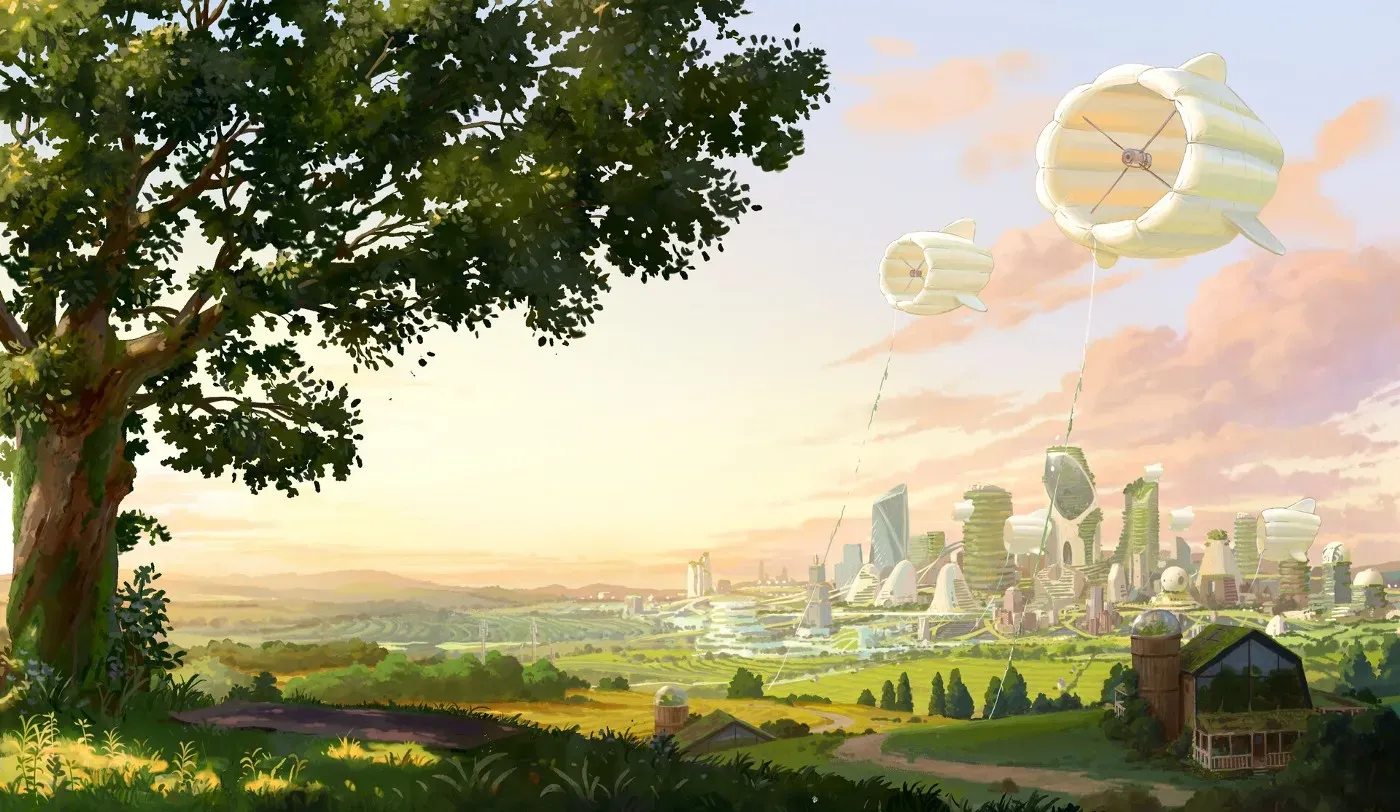
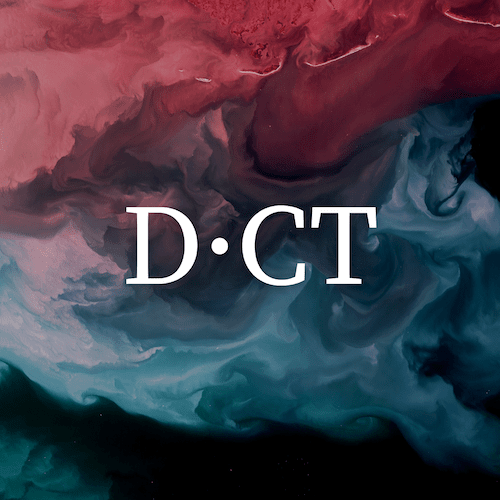





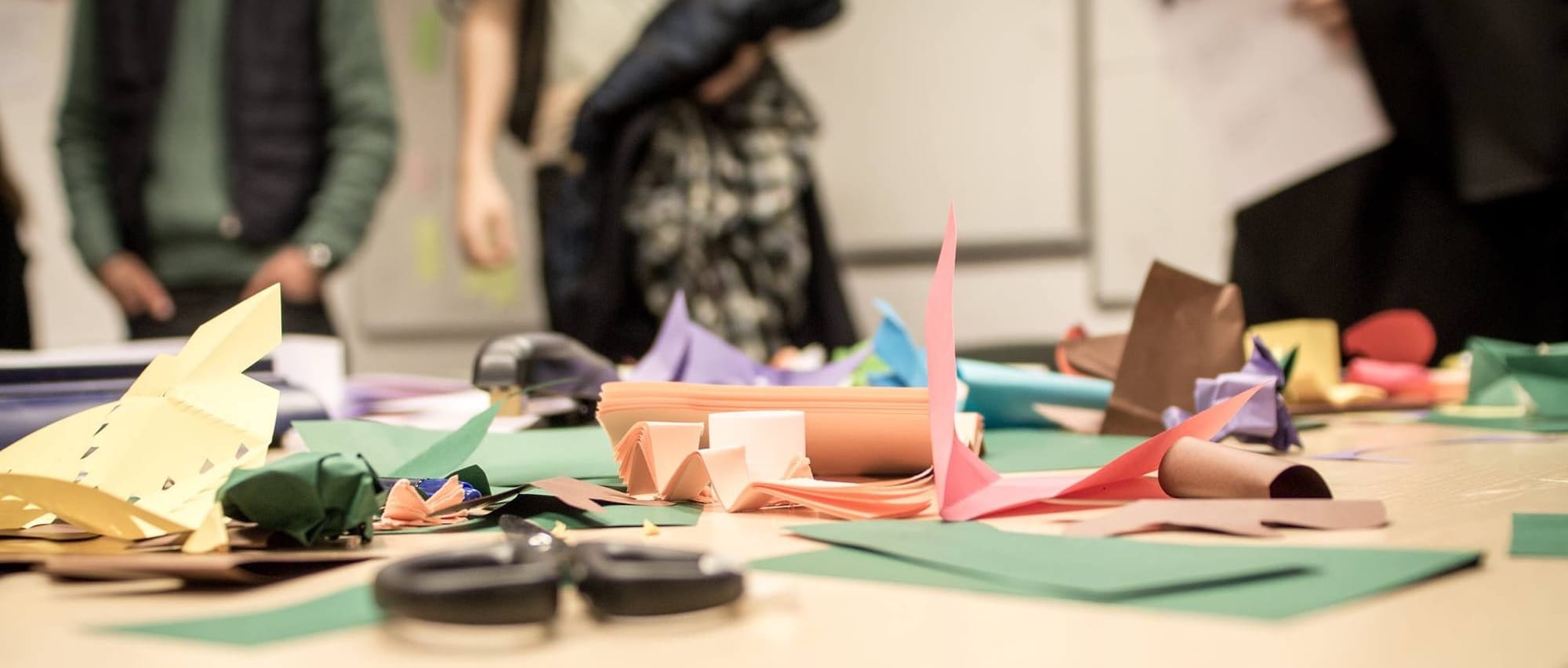


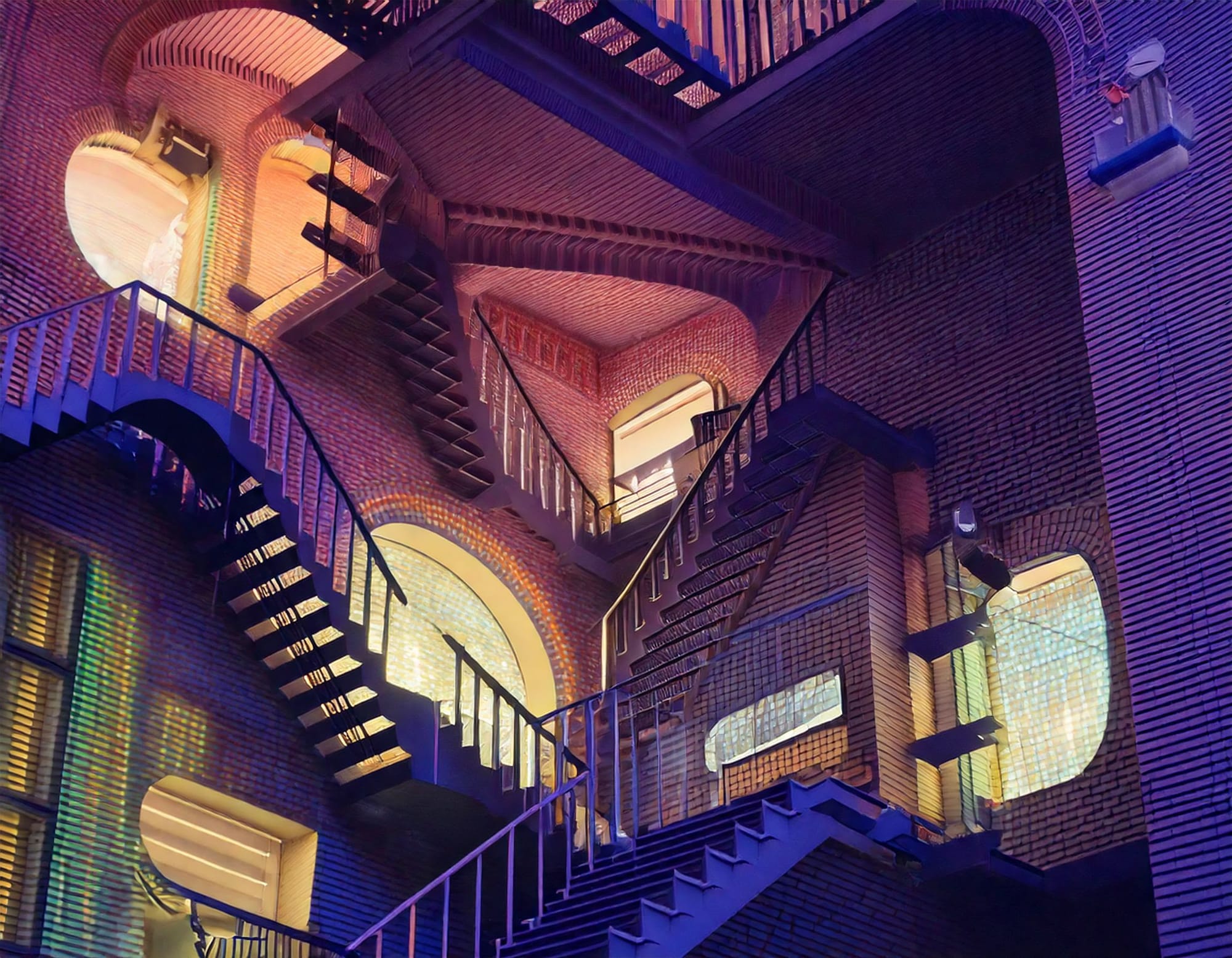


Discussion